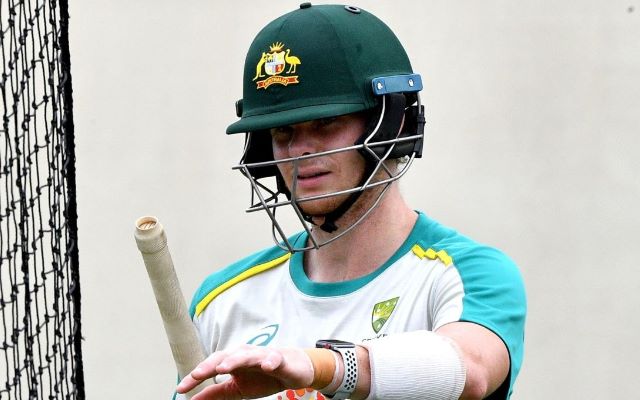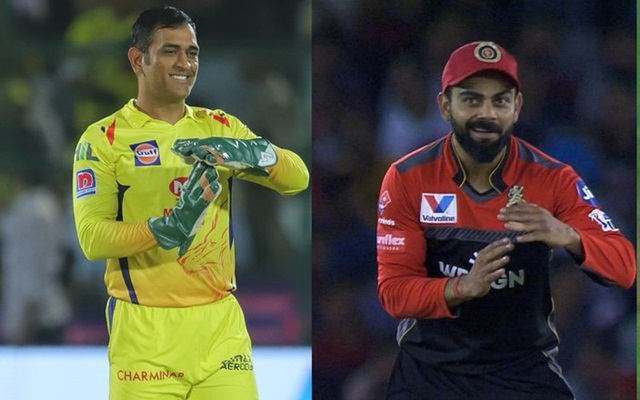Umpires vs the DRS system - The war of attrition
6 Min Read


Mehedi Hasan brushed the sweat off his brow as he took a quick glance at Moeen Ali. The 28-year old England batsman had returned the glance. There was a fire in between the few yards of dirt that separated them. At 19, it was commendable for someone like Mehedi Hasan to show this kind of aggression. Mehedi hopped, stepped, and jumped back to his bowling marker. The eye of the tiger was there for all to see.
In recent times, the sweep shot has been something used in abundance in the subcontinent. Whether it was good riddance or anything else, Moeen Ali decided to pull out the sweep. The next few seconds passed away very quickly. An optimistic shout from Mehedi Hasan and Mushfiqur Rahim; and Kumar Dharmasena raised the finger.
Now, Dharmasena has swept awards at the ICC for being a brilliant umpire. Yet, Moeen Ali had outsmarted the Sri Lankan five times. I really don’t know if there is a record for this kept anywhere but I can say with almost certainty that Kumar Dharmasena’s name will be on that list. However, the intriguing part of this ordeal is that the former Sri Lankan spinner is a magnificent umpire.
And just like that, his reputation was botched. Within minutes, Dharmasena was trending on Twitter. The DRS had also been renamed. Some Englishman on Twitter decided to call it the ‘Dharmasena Review System’.
A few weeks later and a few thousand miles down south at Perth, things were getting quite heated up. Faf du Plessis had a bit of worry under the shades that id his eyeliner. Of course, one thing on his mind was definitely the thought of AB de Villiers in his armchair all those miles away in Pretoria. But, there was something else concerning the skipper.
33-year old Dale Steyn had hobbled off a few minutes earlier. Du Plessis had his index finger on his jaw. While Hashim Amla was beside him and murmuring a few words of wisdom to the Proteas skipper, the ball was inadvertently tossed to left-arm spinner, Keshav Maharaj. Steve Smith, the Australian skipper was in desperate need of runs.
Of course, he had smashed a ton in Sri Lanka. But, it was not enough. When a team loses 3-0 against a side in transition, the fingers are more or less pointed at the skipper. Although many believe it is a wrong notion, this has been the case in Australian cricket for years. Bill Lawry, Kim Hughes, and more recently, Michael Clarke have lost their jobs over this.
The first four deliveries from Keshav Maharaj were dealt with considerable ease by Smith as he waited to strike. The fourth delivery came and went quickly. A few seconds and there was yet another controversy in Perth. Maharaj, as he has been trained to do so, saw the feet movement of Smith en route to the bowling crease.
A variation in length and Smith found himself in no man’s land. It was a poor shot. An extremely poor cover-up for a poor shot in the first place. MS Dhoni has been one to play a similar stroke from time to time. In spite of this, there was a half-hearted appeal from Keshav Maharaj. The latter had never taken a wicket as yet in international cricket. Better yet, he had never taken a wicket quite as ridiculously or bizarrely as this one.
Aleem Dar raised the finger and there was a hush around Perth. Whether it was those in the grandstands or those sunbathing in the greens, there was a sense of shock. Back in the old days of Rod Marsh and Dennis Lillie, this would have been brushed aside and the bowler would have been given either a sledge or a lecture from the umpire.
Below are a few screen-shots from what exactly transpired. Since the umpire had given the soft dismissal as out, the decision remained out although it was clipping the leg-stump by a whisker. For those who don’t know the difference between the new and the old rules, a shot has been captured for them as well.
![]()
![]()
![]()

The Decision Review System (DRS) has been one of those in debate for a long while. The Board of Control for Cricket in India (BCCI) have had a well-documented unlikeness for the system. Since then, the Indian board and their respective affiliate cricketers have generally banked on the naked-eye’s view of the umpire. While this has certainly not gone down too well with the ICC and the other teams of late, the most powerful board. ‘Don’t mess with the rich kid in the yard. He always makes you pay.’
A few days back, Geoff Allardice, the man behind the curtain so to speak in terms of the BCCI had thanked Anil Kumble. For what? The Indian coach had finally gotten the BCCI to agree to use the DRS system. In fact, Kumble had made a visit to Massachusetts Institute of Technology to see what the engineers had developed. Although it was somewhat of a beta system at the time, as chairman of the ICC cricketing committee, Kumble supported the project through.
Yet, it is clear to understand where the BCCI are coming from. Of course, some believe that the board is simply pulling the strings to show its power, but, there is a sinister matter to the usage of the DRS system. Kartikeya Date, a columnist with the Cricinfo team went on to share his take on what he believed the DRS system was.
A quote from that particular piece read: “The DRS was not intended to make up for any perceived shortcoming in an umpire’s expertise.” Although this article is titled ‘The war of attrition’, it was never a war with the umpires, to begin with. This i.e the DRS was simply a system to reduce the cost of the human error. Some believe that human errors in the past have cost some people, good people victories they have deserved.
It is clear that the faction of people for the DRS system do not believe in the romantic ideas of ‘fate and sports’ going hand in hand. However, the use of technology is something that has enhanced the game. Has it (the DRS) system improved the umpiring system? Hell yes! Gone are the days when the umpire was the one to turn to for everything, unlike the 1992 World Cup.
Perhaps this little excerpt from Kartikeya Date’s piece should tell us all we need to know about the attrition and the friction between the two.
It reads, “Not only is the DRS only rarely used for this kind of correction, the process used to identify mistakes – the player review – fails about 75% of the time. At the 2015 World Cup, 583 umpiring decisions were made (including 312 lbw and 229 catches): an umpiring decision is made any time an umpire answers an appeal, so not all dismissals involve umpiring decisions and nor do all umpiring decisions result in dismissals. Eighty-four were reviewed and only 20 of those were successful; 57 reviews were for lbw appeals, of which only eight were successful. According to data provided by the ICC, in all international cricket between April 2013 and March 2016 in which the DRS was used, one in six umpiring decisions was reviewed by players. Three out of four player reviews failed. Umpiring decisions on lbw appeals were reviewed more frequently – about one in every four. Four out of five such reviews were unsuccessful.”
Whether the Indians will now find solace in using the DRS system after all following the 5-match England series remains to be seen.
Download Our App